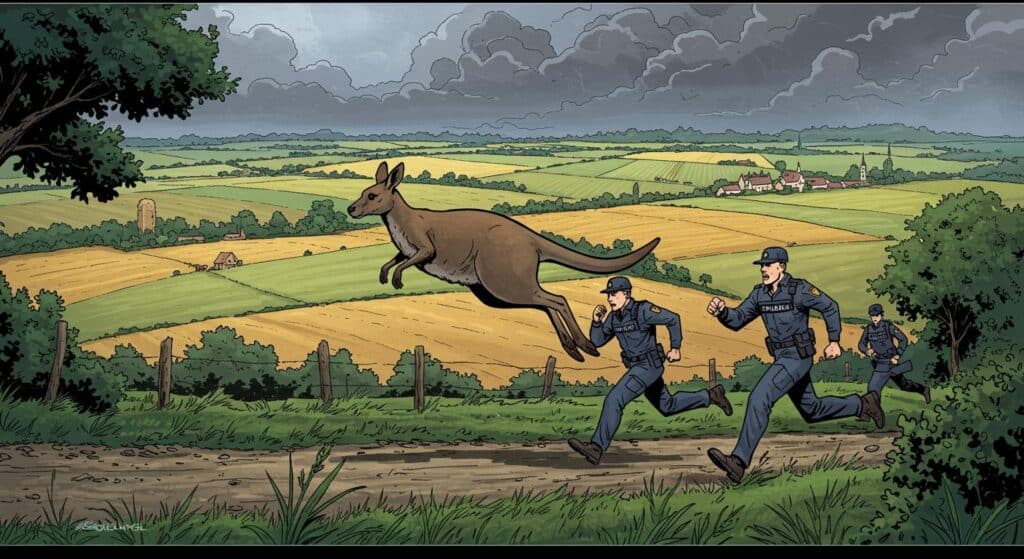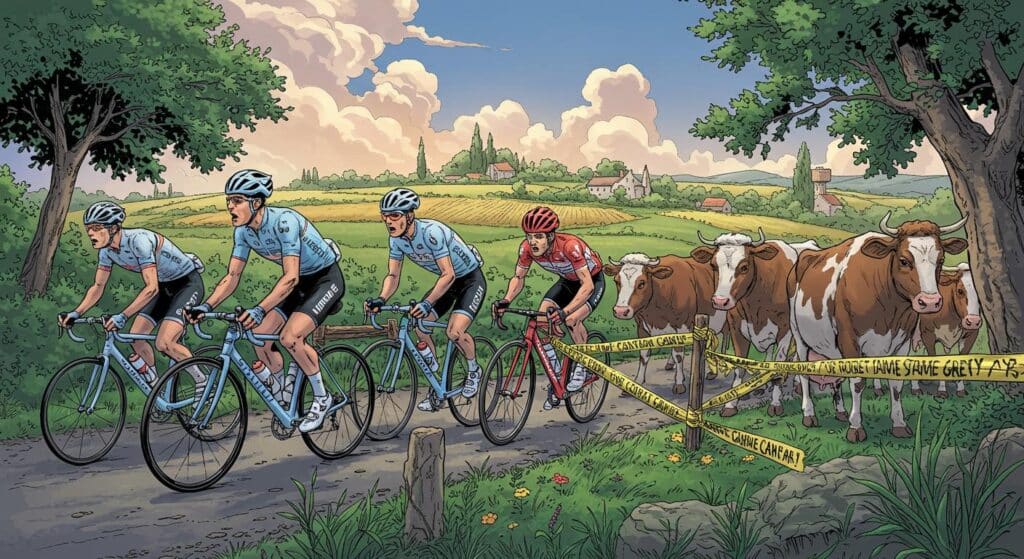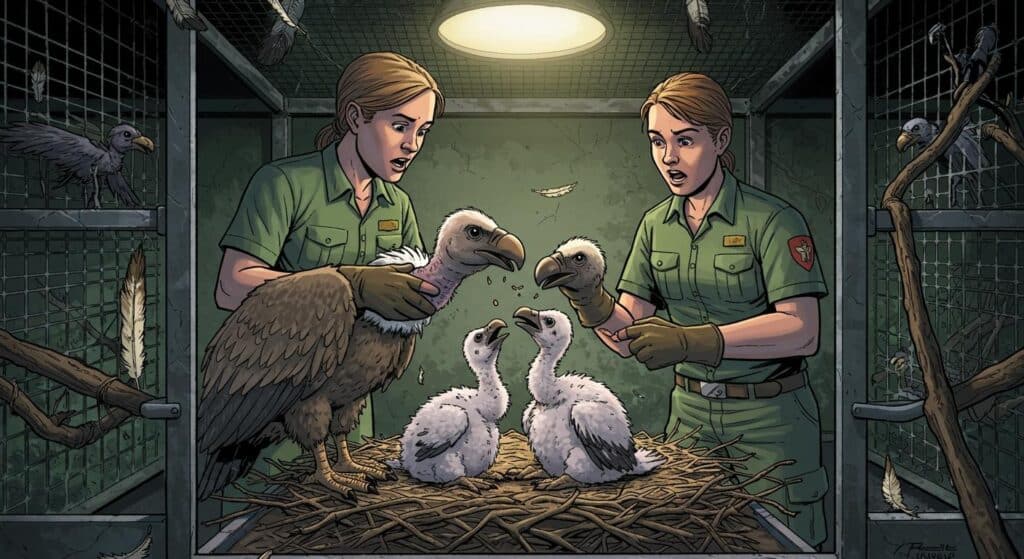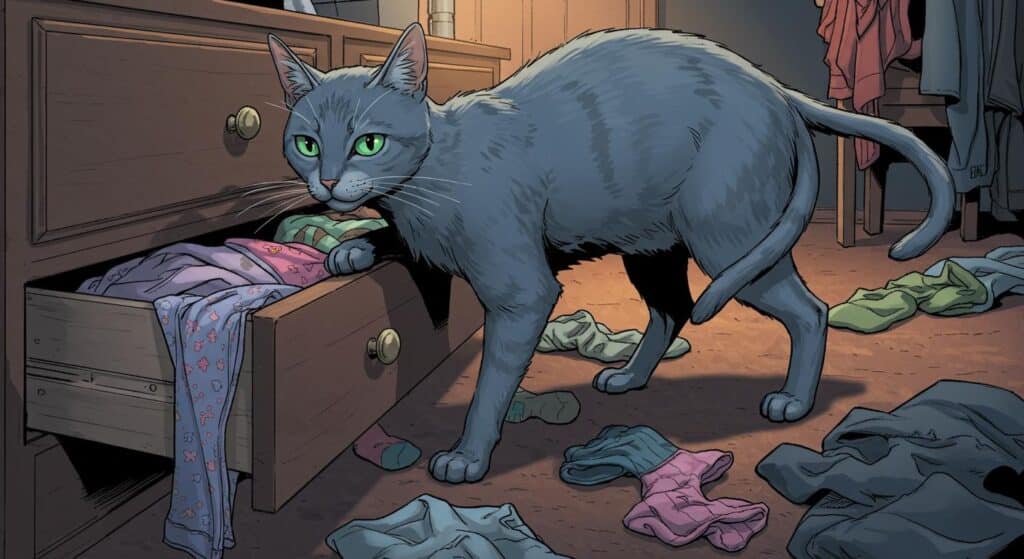In a summer subplot that probably would have eluded even the finest British mystery writers, a runaway tortoise named Shelley managed to turn what should have been a leisurely backyard vacation into a 16-day jaunt through the English countryside—culminating in her improbable discovery outside an ice cream parlor. There are odd news stories (raccoons in trash cans, emus on the loose, the usual suspects), and then there’s Shelley, the leopard tortoise who, according to UPI’s recent report, apparently decided life beyond her fencing was too compelling to resist and, for nearly three miles, slowly pursued it.
A Journey Worth the Leisure
The details are delightfully simple. On July 9, Shelley made her way out of her Shillingford Abbot home—just how is anyone’s guess, though one suspects it was less “The Great Escape” and more a matter of slow persistence that only a tortoise can truly master. Leopard tortoises aren’t native to English backyards (though they seem game for a challenge), and unlike the more sprightly escape artists—think raccoons or, for the especially ambitious, Belgian wallabies highlighted elsewhere in UPI’s roundups—Shelley’s game plan leaned into patience. How does a tortoise travel 2.8 miles over sixteen days? Steadily, according to the facts as UPI describes them.
Her journey’s end wasn’t marked by any major commotion but rather a moment of agricultural confusion. A local farmer initially mistook Shelley for a “big rock,” but, realizing rocks rarely develop a case of wanderlust, phoned her owners. As UPI details, Nick Phillips, Shelley’s owner, noted the farm setting and the unlikelihood that a rock would make a habit of relocation.
Not Your Average Sundae Chaser
The locale for Shelley’s rediscovery is nearly as improbable as the trek itself: just outside the Orange Elephant ice cream parlor in Kenneford. According to UPI, the business celebrated her return on social media, commenting, “After being reunited with her owners, and a cheeky ice cream she is now back home safe and sound.” Whether Shelley indulged in a taste or simply enjoyed the ambiance is left to the imagination—either way, the story ends with a flair that feels uniquely deserved for such a slow-motion odyssey.
On the culinary front, Phillips told UPI that Shelley’s brief return included an offer of runner beans, cabbage, cucumber, “the full Monty”—all of which she passed over with little interest. “I’ve no idea what she’s been eating, but clearly it wasn’t salad,” he remarked, raising the distinct possibility that greener pastures (or perhaps more decadent snacks) lay somewhere along her scenic route.
Fences, Fortitude, and Future Plots
As UPI reports, Phillips has since reinforced Shelley’s enclosure, observing, “That’s all patched up now. If she wants out again, she’s going to have to give it some really serious thought.” One does have to wonder what a tortoise’s contemplation process really entails—perhaps not urgent, but certainly determined, if Shelley’s latest adventure is any guide.
This saga, quietly archived in the “Odd News” section beside tales of wallaby pursuits and cats with a penchant for pilfering underwear, gently invites us to reconsider our expectations for animal escapades. Must every runaway tale be a frantic chase, or is there a particular charm in a slow-motion quest through fields and fancies that ends, fittingly, with a lingering pause outside an ice cream counter?
What motivates a tortoise to make a break for it—restlessness, curiosity, or maybe just the urge to see what lies beyond the familiar patch of grass? For Shelley, it seems, the wider world proved as irresistible as any summer treat. Those of us watching from the sidelines are left with a subtle reminder: adventure, it turns out, isn’t always in the running—sometimes it’s in the slow and steady wandering, with the hope that somewhere along the way, there might just be ice cream.







